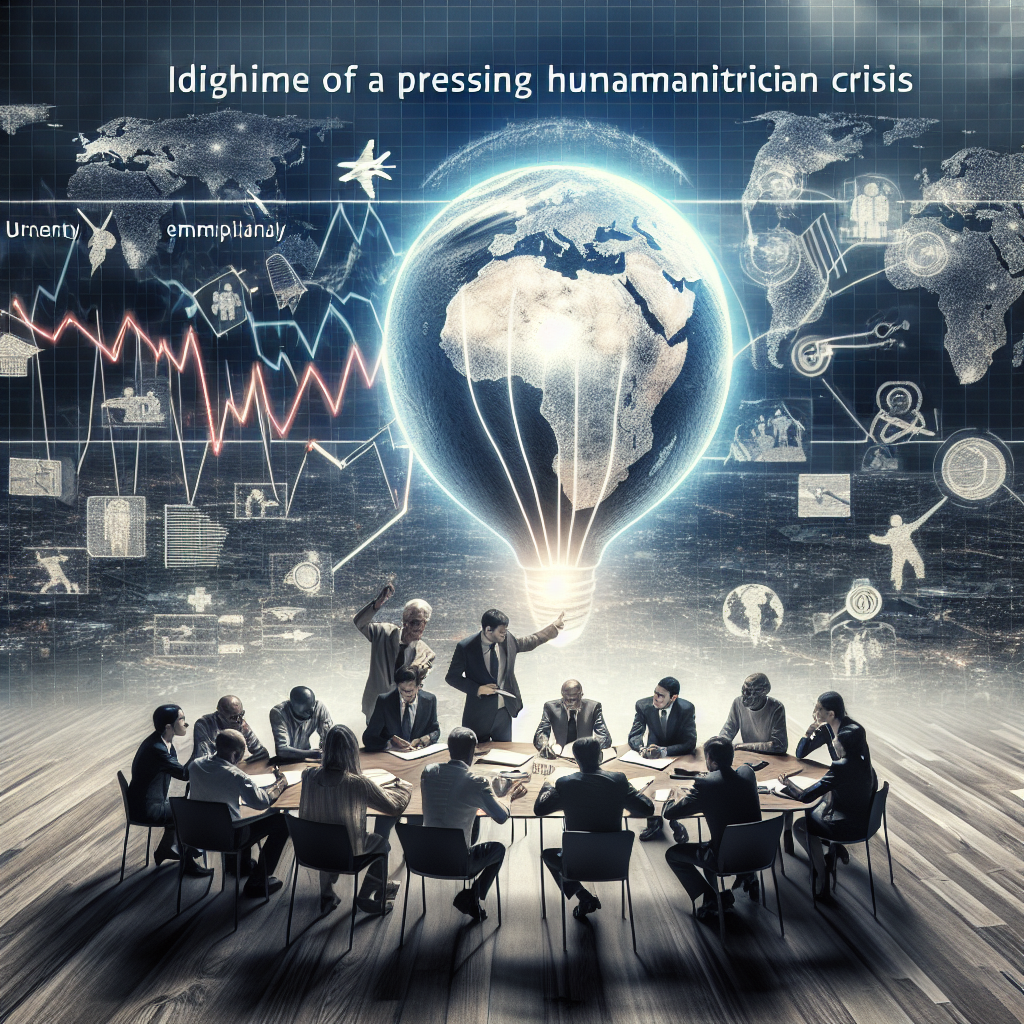In the heart of Sahel region in Africa, an unassuming building houses one of the most innovative relief organizations working on the frontlines of a growing international humanitarian catastrophe. Amid famine and political unrest escalating into a full-blown crisis, this organization – affectionately known as ‘The Lifeline’ – has emerged as not only a beacon of hope but also a case study in resilience.
1. Company Background
The Lifeline was conceived by philanthropist Johann Zimmermann years ago with fundamental aspirations – to alleviate human suffering through comprehensive and sustainable solutions. What sets The Lifeline apart is its unconventional integration of profit-driven strategies into nonprofit operations.
2. Market Opportunity
With the deepening crisis came potential for innovation – expanding reach and impact while improving cost-efficiency through alternative funding models like social entrepreneurship.

3. Innovation Strategy
Lifeline’s innovation strategy revolves around local empowerment projects that generate revenue while addressing urgent needs: think solar-powered wells also turning profits through peripheral agricultural initiatives.
4.Execution Challenges
This strategic shift wasn’t smooth sailing – securing investors for non-traditional approaches proved challenging; gaining trust from community members was another hurdle due to deeply rooted skepticism towards external interventions.
5.Key Success Factors
The Lifeline’s success hinges on commitment to flexibility amidst evolving conditions; determination to blend commerce with compassion; commitment to empower locals rather than imposing external solutions.
6.Market Response
The response has been overwhelmingly positive: local communities have directly benefited, investors excited about the social return on investment, and peers are looking at Lifeline’s model for insights and inspiration.
Despite initial hurdles, The Lifeline’s revenue grew substantially within two years of introducing this innovative business model. They’ve proven that profit doesn’t contradict purpose; instead it can catalyze change in humanitarian relief work.
The Lifeline’s strength lies in their hybrid approach – unrestricted by traditional nonprofit confines but driven by an unwavering commitment to compassionate intervention.
Eager to replicate its success, The Lifeline plans to expand into three new regions grappling with severe humanitarian crises within the next five years.
10.Industry Lessons
The economic impact of ingenious business acumen woven into humanitarian efforts has not gone unnoticed. The Lifeline offers essential lessons for corporations – adaptability amidst adversity is vital; financial growth can drive social good; free-market capitalism isn’t incompatible with philanthropy when directed with keen awareness and altruistic intent.

